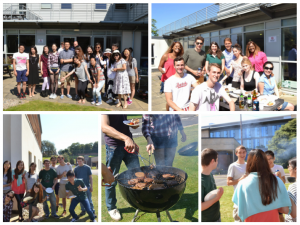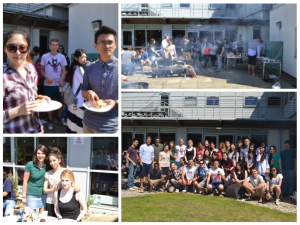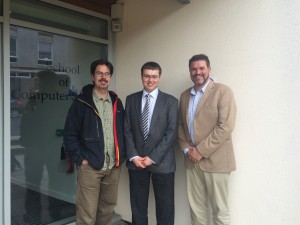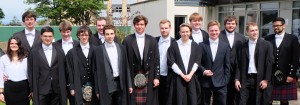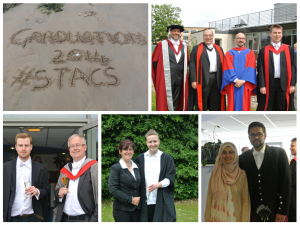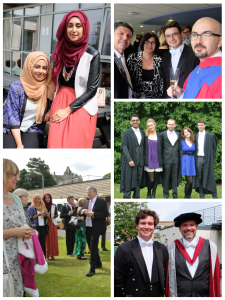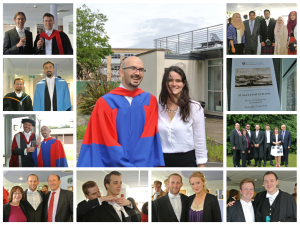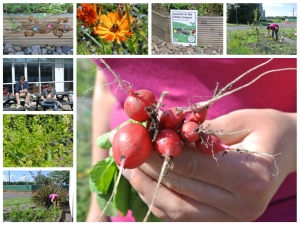Congratulations to St Andrews student Simone Ivan Conte, who has been selected as one of the four finalists in the Young Software Engineer of the Year Award 2014.
Simone’s project (pictured below) involved creating a haptic device and API for displaying vector graphics (e.g., trees and graphs) for people with visual disabilities. According to his Senior Honours dissertation supervisor, Dr. Miguel Nacenta
this work demonstrates a lot of ingenuity and has a large potential impact.

The Young Software Engineer of the Year Awards are given for the best undergraduate software projects completed by students studying computer science and software engineering in Scotland.
Simone graduated in Computer Science from St Andrews earlier this year and is currently working for Adobe on a summer internship. In September he will start his doctoral studies, funded by Adobe, with Professor Alan Dearle at St Andrews.
Previous finalists and prize winners have included Thomas Grimes, Alistair Scott, Craig Paul, Angus MacDonald, Ben Catherall and Graeme Bell. Further testament to the quality of talented students graduating from the School of Computer Science.
The winners of this year’s award will be revealed on 2nd October 2014! Fingers crossed.


